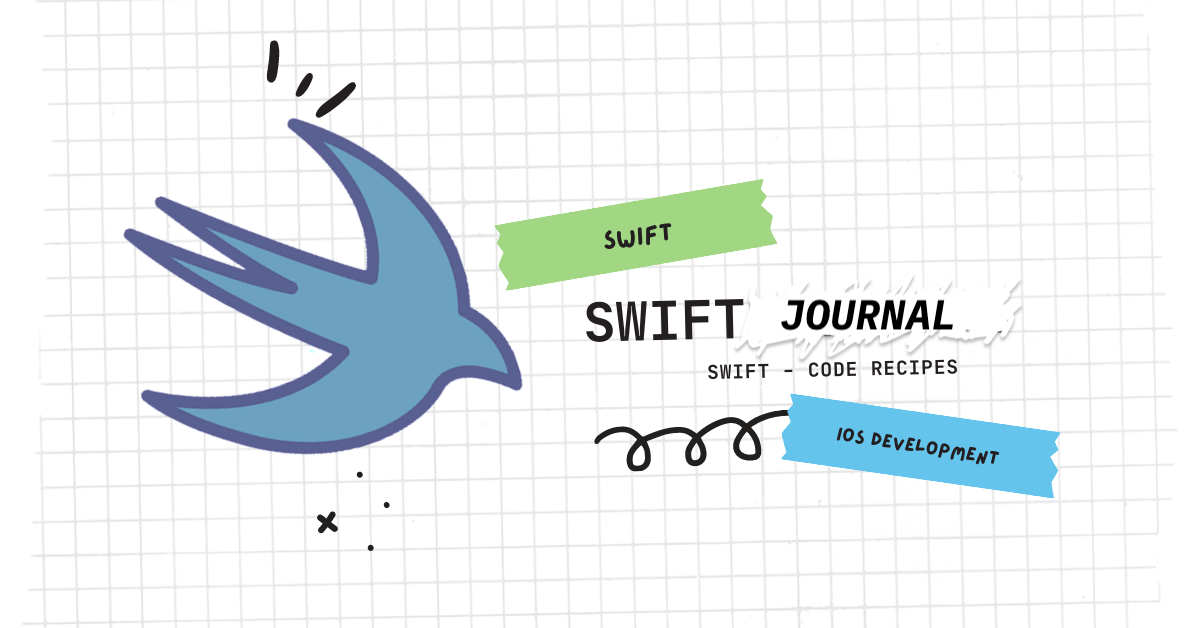The blog

Design patterns that are commonly used in Swift development for iOS
14 Dec- Post by Samith Wijesinghe
- Tagged in iOS Development
There are several design patterns that are commonly used in Swift development for iOS
Model view controller
In the MVC pattern, the "Model" represents the data model of the app, the "View" represents the user interface, and the "Controller" mediates between the Model and the View and is responsible for handling user input and updating the Model and View as necessary. The MVC pattern is a way to separate the concerns of an app and make it easier to develop and maintain.
Model-View-ViewModel (MVVM)
The MVVM pattern is similar to MVC, but it introduces an additional component called the "ViewModel" that acts as a bridge between the Model and the View. The ViewModel is responsible for exposing the data and behavior of the Model to the View in a form that the View can consume, and for translating user input from the View into actions that the Model can perform. The MVVM pattern helps to decouple the UI from the business logic of the app, making it easier to maintain and test.
Dependency Injection (DI)
In the DI pattern, an object's dependencies (other objects that it needs in order to function) are injected into the object rather than being created by the object itself. This makes it easier to test the object's code, because different dependencies can be injected for testing purposes. It also makes it easier to reuse the object's code, because different dependencies can be injected as needed in different contexts.
Delegation
In the delegation pattern, one object (the delegate) provides behavior for another object (the delegating object). The delegating object holds a reference to the delegate and sends messages to it when it needs to perform certain tasks. This can be useful when an object needs to delegate part of its behavior to another object, or when an object needs to be customized in some way without changing its core behavior.
Singleton
In the singleton pattern, a single, global instance of an object is created and shared throughout an app. This can be useful for objects that provide a shared service or utility, because it ensures that there is only one instance of the object that can be accessed from anywhere in the app. The singleton pattern can be implemented in a thread-safe way to ensure that it can be used safely in a multi-threaded environment.
Protocol-Oriented Programming (POP)
In the POP paradigm, code is designed and organized around protocols (interfaces) rather than inheritance hierarchies. This can make it easier to write code that is more flexible and reusable, because protocols can be composed and extended in ways that are not possible with inheritance. POP is particularly well-suited to Swift because of the language's support for protocol-oriented programming features such as protocol extensions and protocol-oriented types.
These are just a few examples of the design patterns that are commonly used in Swift development for iOS. There are many other patterns that can be useful in different contexts, and it is important for developers to understand and be familiar with a range of patterns in order to choose the best one for a given situation.
Font by flaticon.com Under CC: Eucalyp
